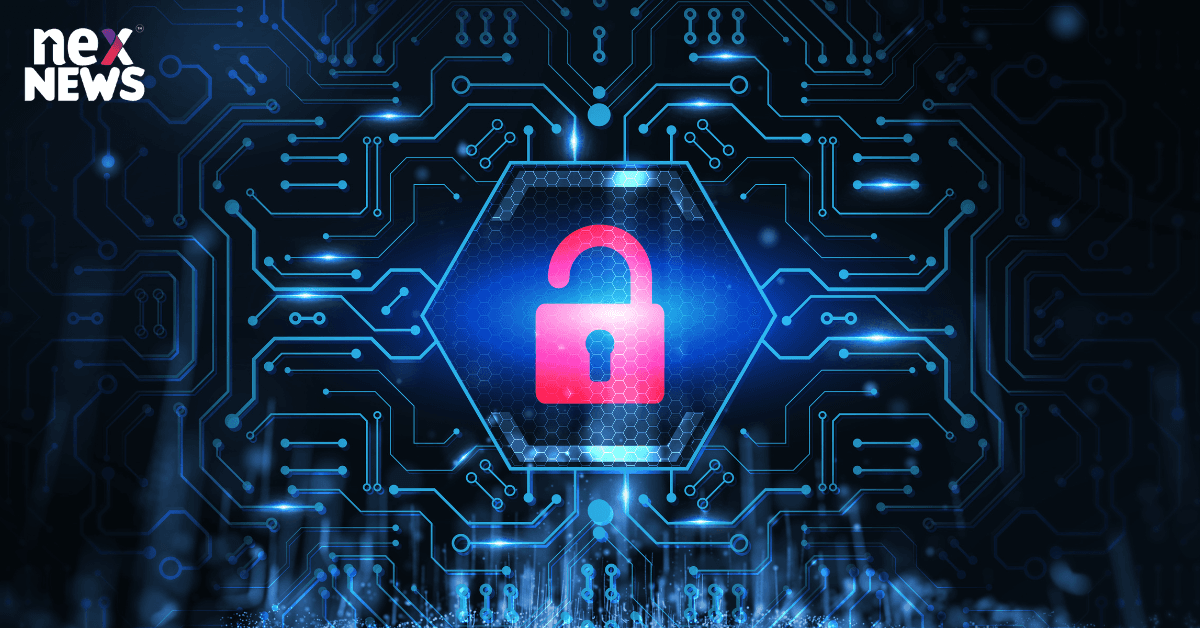The field of cybersecurity is in a constant state of evolution, driven by technological advancements and an ever-changing threat landscape. As we look ahead to the next decade, several emerging cybersecurity trends are poised to shape the way organizations and individuals approach security. This article explores some of the key trends that will likely dominate the cybersecurity landscape in the coming years.
Introduction
With technology advancing rapidly, cybersecurity trends are set to reshape how organizations and individuals protect their digital assets and information.
The Evolving Cyber Threat Landscape
The threat landscape continues to evolve, with cybercriminals becoming more sophisticated in their tactics and targeting.
Artificial Intelligence and Machine Learning
AI and machine learning are being increasingly utilized to detect and respond to cyber threats in real time, enhancing security measures.
Zero Trust Architecture
Zero Trust Architecture operates under the assumption that no one, whether inside or outside the organization, should be trusted by default. Access is granted based on continuous verification.
Quantum Computing and Cryptography
The advent of quantum computing poses both opportunities and challenges for cryptography. Quantum-resistant algorithms are being developed to ensure secure communications.
5G Network Security Challenges
The rollout of 5G networks introduces new security challenges due to increased connectivity and data speeds, requiring robust protection against potential threats.
Biometric Authentication and Behavioral Analytics
Biometric authentication and behavioral analytics offer more secure methods of verifying identities, reducing reliance on traditional passwords.
Rise of Nation-State Cyberattacks
Nation-states are increasingly involved in cyberattacks for espionage, disruption, and influence, raising concerns about the escalation of cyber conflicts.
Securing Internet of Things (IoT) Devices
As IoT devices become more integrated into daily life, ensuring their security is critical to prevent potential vulnerabilities and breaches.
Data Privacy and Regulatory Compliance
Growing concerns about data privacy have led to stricter regulations such as GDPR and CCPA, pushing organizations to prioritize data protection.
Hybrid Workforce Security
The rise of remote work necessitates security measures that protect both on-premises and remote environments, emphasizing the importance of endpoint security.
Conclusion
The next decade promises to be an era of significant change in the cybersecurity landscape. As organizations and individuals adapt to new technologies, threats, and regulatory requirements, staying informed about these emerging trends will be essential to maintaining robust cybersecurity practices and effectively protecting digital assets.

POST A COMMENT (0)
All Comments (0)
Replies (0)